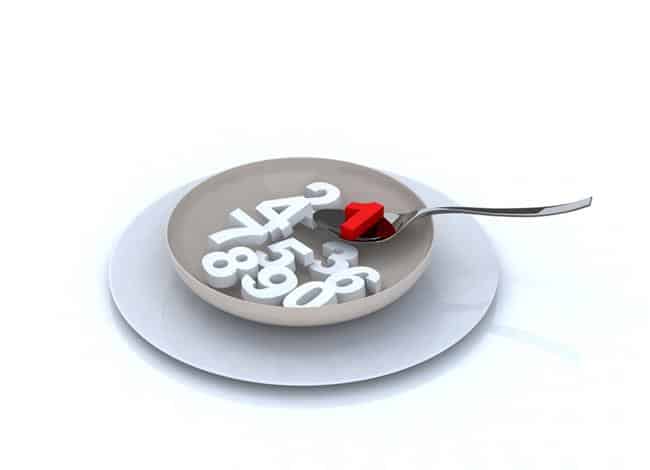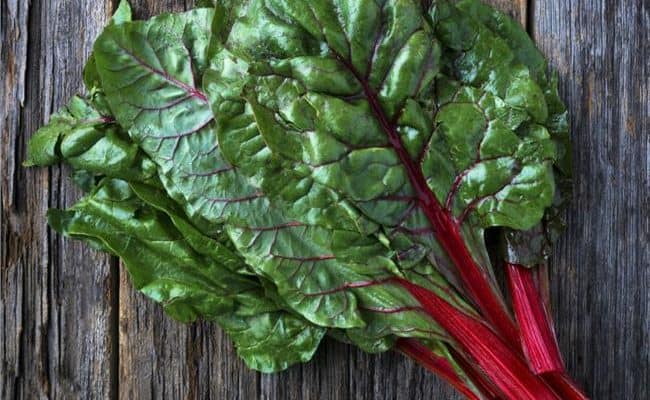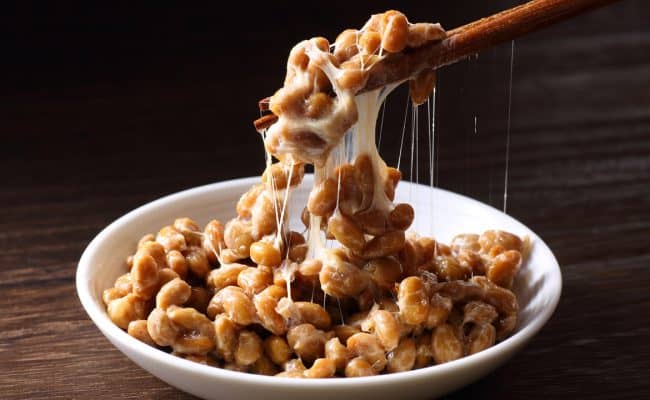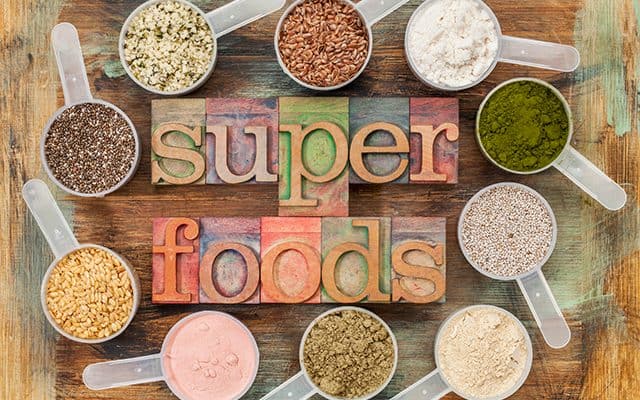
The claim of negative calorie foods is that you burn more calories chewing, digesting and metabolizing these foods than what they provide in energy. Therefore, you are in a calorie deficit just by eating them. The theory for this claim makes sense, but in reality, it doesn’t pan out that way.
There isn’t any research to suggest negative calorie foods work this way, according to the Academy of Nutrition and Dietetics (1). That doesn’t mean you shouldn’t eat these proposed negative calorie foods, as many of them are naturally healthy.
It just means you’re not going into a caloric deficit just by eating them.
In reality, the body uses a small percentage of energy devoted to breaking food down for energy. Even if negative calorie foods worked, it wouldn’t be a significant number.
The good news is negative calorie foods are low calories and are full of water and fiber. This means they can help keep you full on fewer calories.
What are some foods often advertised as negative calorie?
Celery, leafy greens and other non-starchy vegetables are often called negative calorie foods according to Mayo Clinic (2). Some fruits and herbs can also be touted as negative calorie foods. Even though this term is incorrect, eating more of these fibrous, nutrient dense foods can be very beneficial.
Filling up on low calorie, high nutrient foods, like vegetables and fruits, can keep you satisfied. This is especially important during weight loss.
Rather than constantly feeling hungry, it’s important to allow yourself to feel full and satisfied from eating foods that are high in fiber and water content.
A diet high in fruits and vegetables is associated with lowering risk for obesity, type 2 diabetes and cardiovascular disease (3), and there are many other benefits to eating a diet high in fruits and vegetables. However, being negative energy foods is not one.
A review of how your body uses energy
The body uses the energy we get from food many ways. The biggest way we use energy goes to our basal metabolic rate (BMR). The BMR stands for processes to keep our body functioning and alive like: keeping your heart beating, brain function, diaphragm moving, making new cells, etc.
There are some ways we can nudge out BMR up and down to make it use more or less energy.
Anytime your muscle move, your body also uses energy so muscles can move. The more we move muscles, the higher the energy it takes. This is the largest way we can impact how much energy our body uses throughout the day.
The energy the body uses to digest and absorb nutrients from food is called the thermic effect of food (TEF). The body only uses about 5-10% of total energy needs to break food down.
Therefore, even if foods could be considered negative energy, the impact would be relatively small for increasing calorie burn.
Don’t fall for the gimmicks
Loading up on these so called negative calories foods is a good idea whether you believe they are negative calories or not because they are nutrient dense. However, a pitfall some people fall into is assuming these negative calorie foods burn so much energy that they are now able to eat more high calorie foods. In the end, that would only counteract weight loss goals.
Any claims that eating negative calorie foods burn fat or boost your metabolism should be read with caution. It’s a good idea to fill up on nutrient dense, low calorie foods, but there are many other factors for weight loss and overall health.
Eating “negative calorie” foods is not a substitute for exercise or other healthy lifestyle factors.
Look at your overall diet instead of one food
Fad diets and weight loss gimmicks like to highlight one particular food and suggest you need to eat only one food (or food group) for weight loss. This advice is not backed by science or the recommendation from health experts.
Instead of focusing on ways to add negative calorie foods for weight loss, look at the overall picture of your whole diet.
Eating only a few foods can also increase risk for not getting enough of certain nutrients. There is no one perfect food designed to give all the nutrients the body needs. This is why we are meant to eat a variety of foods and different types of fruits and vegetables.
No matter what the nutrient claims are for one food, you should still eat a variety.
Conclusion
Although the idea of having negative calorie foods sounds like it may make sense, in reality the body doesn’t work that way. There isn’t any research to suggest negative calorie foods exist.
Also, the energy the body uses to break down foods and absorb the nutrients is low.
Even if these foods did act like negative calorie foods, the effect would be pretty minimal. This alone wouldn’t be a reason for weight loss.
However, eating a diet high in fruits and vegetables, which are often called negative calorie foods, is associated with many benefits.
Therefore, just because these foods may not be negative in calories, you should still eat them in abundance.










